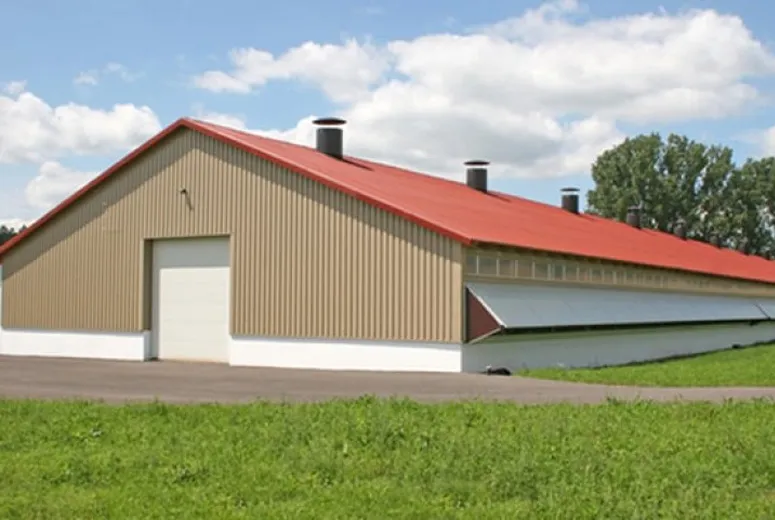- Afrikaans
- Albanian
- Amharic
- Arabic
- Armenian
- Azerbaijani
- Basque
- Belarusian
- Bengali
- Bosnian
- Bulgarian
- Catalan
- Cebuano
- Corsican
- Croatian
- Czech
- Danish
- Dutch
- English
- Esperanto
- Estonian
- Finnish
- French
- Frisian
- Galician
- Georgian
- German
- Greek
- Gujarati
- Haitian Creole
- hausa
- hawaiian
- Hebrew
- Hindi
- Miao
- Hungarian
- Icelandic
- igbo
- Indonesian
- irish
- Italian
- Japanese
- Javanese
- Kannada
- kazakh
- Khmer
- Rwandese
- Korean
- Kurdish
- Kyrgyz
- Lao
- Latin
- Latvian
- Lithuanian
- Luxembourgish
- Macedonian
- Malgashi
- Malay
- Malayalam
- Maltese
- Maori
- Marathi
- Mongolian
- Myanmar
- Nepali
- Norwegian
- Norwegian
- Occitan
- Pashto
- Persian
- Polish
- Portuguese
- Punjabi
- Romanian
- Russian
- Samoan
- Scottish Gaelic
- Serbian
- Sesotho
- Shona
- Sindhi
- Sinhala
- Slovak
- Slovenian
- Somali
- Spanish
- Sundanese
- Swahili
- Swedish
- Tagalog
- Tajik
- Tamil
- Tatar
- Telugu
- Thai
- Turkish
- Turkmen
- Ukrainian
- Urdu
- Uighur
- Uzbek
- Vietnamese
- Welsh
- Bantu
- Yiddish
- Yoruba
- Zulu
Dec . 16, 2024 11:44 Back to list
Design Considerations for Lipped Channel Purlins
Lipped channel purlins are a popular choice in modern construction due to their strength, lightweight nature, and versatility. Commonly used in the construction of industrial buildings, warehouses, and residential structures, these purlins play a crucial role in supporting roofs and walls. This article will delve into the design considerations for lipped channel purlins, focusing on their structural advantages, material properties, and critical design factors.
What is a Lipped Channel Purlin?
A lipped channel purlin is a type of structural steel used in building frameworks. The lipped aspect refers to the small flange or lip that extends from the edge of the channel, which enhances its strength and stability. The three-dimensional shape enhances its resistance to bending and buckling, making it an ideal choice for supporting loads in various applications.
Structural Advantages
One of the primary benefits of lipped channel purlins is their excellent load-carrying capacity. The unique design allows them to distribute loads effectively, reducing the risk of structural failure. Moreover, the lipped edges increase the effective section dimension of the purlin, allowing for better resistance against lateral-torsional buckling, which is critical in high-wind or seismic areas.
Additionally, lipped channels can be easily fabricated and modified to suit specific project requirements. Their lightweight nature simplifies transportation and installation, reducing labor costs and construction time. The versatility in usage means they can adapt to different spans and loads, providing engineers with more options for their designs.
Material Properties
Typically made from high-quality steel, lipped channel purlins boast superior material properties. Common materials include galvanized steel and cold-formed sections, which offer excellent corrosion resistance, enhancing the longevity of the structure. When selecting materials, engineers should consider the environmental conditions the purlins will face, as harsh weather can significantly impact performance.
The material thickness, yield strength, and overall geometry of the lipped channel should be considered carefully. Standard specifications, such as those provided by the American Institute of Steel Construction (AISC) and other regulatory bodies, guide designers in selecting appropriate materials that meet safety and performance standards.
lipped channel purlin design

Design Factors
When designing lipped channel purlins, several factors must be considered to ensure structural integrity
1. Load Analysis The first step in purlin design involves a thorough understanding of the loads the structure will be subjected to, including dead loads, live loads, wind loads, and snow loads. Engineers must calculate these loads accurately to determine the appropriate size and spacing of purlins.
2. Span Length The span between supports significantly affects purlin performance. Longer spans may require deeper or larger purlins to ensure sufficient load-carrying capacity. The spacing of purlins should also be optimized for the specific roofing system being used.
3. Connection Design Joints and connections play a vital role in transferring loads between structural members. Proper connection design should consider factors such as shear and tension forces, ensuring that all connections are secure and capable of handling expected forces.
4. Deflection Limits Deflection limits should be established based on the requirements of the building's intended use. Excessive deflection can lead to structural issues and may compromise the overall aesthetic of the building.
5. Buckling Considerations Given the potential for lateral-torsional buckling, engineers must incorporate suitable bracing systems or design modifications to ensure stability under load. This may involve using secondary members or appropriate cross-bracing techniques.
Conclusion
Lipped channel purlins are integral to modern structural design, offering a combination of strength, versatility, and efficiency. By understanding the structural advantages, material properties, and critical design factors associated with lipped channel purlins, engineers can create safe, reliable, and cost-effective building solutions. As construction technologies continue to evolve, the importance of well-designed purlin systems will remain vital in delivering resilient structures that meet the demands of contemporary architecture.
-
How Do Prefabricated Steel Structures Transform Modern Construction?
NewsJul.14,2025
-
How Do Prefabricated Metal Buildings Redefine Modern Construction?
NewsJul.14,2025
-
How Do Prefab Insulated Metal Buildings and Steel Structures Revolutionize Modern Construction?
NewsJul.14,2025
-
How Do Pre - Engineered Steel Structures Redefine Modern Construction?
NewsJul.14,2025
-
Advancing Modular Construction with Prefabricated Metal Structures
NewsJul.14,2025
-
Advancing Industrial Infrastructure with Prefabricated Steel Solutions
NewsJul.14,2025
Products categories
Our Latest News
We have a professional design team and an excellent production and construction team.












